How to Simplify the Creation of Smart Contracts and DApps on GraphLinq Chain: Rapid Deployment Without Coding
The world of blockchain technology is expanding rapidly, and with it, the demand for decentralized applications (DApps) and smart contracts is on the rise. However, many developers and businesses are deterred by the complexity of coding and technical expertise required to develop on traditional blockchains.
Enter GraphLinq Chain—an innovative platform designed to simplify the process, making blockchain development accessible to everyone. Whether you're a seasoned developer or a complete beginner, GraphLinq's no-code solutions allow you to rapidly deploy smart contracts and DApps without needing to write a single line of code.
What is GraphLinq?
GraphLinq is an expansive blockchain ecosystem designed to simplify and automate blockchain interactions. It includes several components, such as GraphLinq Chain, GraphLinq IDE, GraphLinq Hub, and Explorer. IDE empowers users to create and deploy smart contracts and decentralized applications (DApps) through intuitive, no-code tools, making it accessible to a wide range of users.
GraphLinq IDE: Simplifying Blockchain Development
GraphLinq IDE is a powerful blockchain development platform within the GraphLinq ecosystem. It allows users to design, deploy, and manage smart contracts and DApps using a simple visual interface. Unlike traditional development methods that require extensive coding skills, GraphLinq IDE provides a set of tools and pre-built templates that streamline the process.
Key Features of GraphLinq IDE:
- No coding required: Deploy smart contracts and DApps using a drag-and-drop interface.
- Automation: Simplify blockchain tasks with pre-built templates and customizable workflows.
- Integration: Seamlessly connect with multiple blockchains, such as Ethereum, Binance Smart Chain, and others.
- Efficiency: Save time and resources through rapid deployment and easy-to-use tools.
GraphLinq IDE is designed to cater to all users, whether they are experienced developers or newcomers to blockchain technology, enabling quick deployment and innovation across various decentralized platforms.
Why Use GraphLinq for DApp and Smart Contract Creation?
Creating smart contracts and DApps on most blockchain platforms typically requires in-depth coding knowledge, which can be a barrier for many businesses and individuals. GraphLinq eliminates this obstacle by offering a no-code environment.
Benefits of Using GraphLinq:
- Time Efficiency:some text
- No need to learn complex coding languages like Solidity.
- Rapidly create and deploy without delays.
- Cost-Effective:some text
- GraphLinq significantly reduces development costs by eliminating the need for specialized blockchain developers, allowing users to easily deploy smart contracts and DApps through its no-code interface.
- GraphLinq's automation workflows have significantly optimized processes and resource management for various projects. Swap fees play a crucial role for traders, influencing the effectiveness of their trades, especially when arbitraging between different pools on DEXs or CEX/DEX platforms. High-frequency traders must account for these fees in their strategies, even when trading meme coins. To illustrate this, here’s a comparison of swap fees across various platforms: Uniswap, Ston.fi, Pancakeswap, Sunswap, Camelot, Jupiter, Quickswap. ImageIDE
- With its flexible pricing model, you only pay for the resources you use on the platform, making it an efficient and cost-effective solution for both small and large-scale projects.
- User-Friendly:some text
- Even non-technical users can create blockchain solutions.
- Pre-built templates and drag-and-drop modules make the process intuitive.
- Integration with Popular Blockchains:some text
- Easily connect with blockchains like Ethereum, Binance Smart Chain, and others.
- Use GraphLinq’s extensive set of APIs to interact with your existing infrastructure.
- Automation Tools:some text
- Automate regular blockchain tasks, such as token transfers or smart contract executions.
- Schedule actions to happen based on specific triggers.
Steps to Simplify Smart Contract and DApp Creation on GraphLinq
- No Sign-Up Required: Just Connect Your Wallet and Deploy
Getting started with GraphLinq is incredibly simple—there’s no need to sign up for an account. Instead of going through lengthy registration processes, you can immediately connect your crypto wallet and start deploying smart contracts and DApps. Once connected, you'll have full access to GraphLinq’s powerful dashboard, allowing you to create and automate blockchain tasks without any hassle.
2. Explore the Pre-Built Templates
GraphLinq provides a wide range of pre-built templates designed to simplify and accelerate blockchain development. These templates cover various use cases, from automating trading bots to building token distribution workflows.
Benefits of Using Templates:
- Saves Time: Eliminate the need to start from scratch by leveraging ready-made solutions.
- Customizable: Easily adapt templates to suit your specific project needs.
- Versatile Use Cases: Includes templates for tasks like token distribution, staking contracts, price monitoring, and more, helping both beginners and experienced developers get up and running quickly.
3. Use the Drag-and-Drop Interface
The core feature of GraphLinq is its drag-and-drop interface that allows users to create workflows without any coding. Here’s how you can build smart contracts and DApps in a few easy steps:
- Select your blocks: Blocks represent different functions or actions (e.g., token transfer, contract creation).
- Drag the blocks into your workflow: Arrange the blocks in the order of execution.
- Configure each block: Input parameters or conditions for each block (e.g., how many tokens to send, the address of the contract, etc.).
- Run your workflow: Once everything is in place, you can execute the workflow to deploy your smart contract or DApp.
4. Customize Your Workflow
GraphLinq allows you to fully customize your workflows to suit your specific requirements. You can adjust the parameters of each block, add new blocks, or remove unnecessary steps. This flexibility allows you to create complex blockchain solutions without writing any code.
Some of the most popular workflows include:
- Automated token distributions.
- DApp data monitoring.
- NFT minting and transfers.
5. Deploy Your Smart Contract or DApp
Once your workflow is ready, it's time to deploy your smart contract or DApp. GraphLinq makes this process simple by offering seamless integration with various blockchain networks.
Steps to Deploy:
- Choose your blockchain: Select the blockchain network where you want to deploy your contract (e.g., Ethereum, Binance Smart Chain).
- Configure gas fees: Set your gas fees based on your preferences and the current network conditions.
- Deploy: Once everything is set, deploy your contract with a single click.
Automating Blockchain Tasks with GraphLinq
In addition to simplifying the creation of smart contracts and DApps, GraphLinq allows users to automate a wide range of blockchain tasks.
Examples of Automated Tasks:
- Token distribution: Automatically distribute tokens to a list of addresses based on a predefined schedule.
- Event monitoring: Monitor blockchain events (e.g., transactions, contract interactions) and trigger actions in response.
- Smart contract executions: Schedule automatic executions of smart contracts at specific times or when certain conditions are met.
These automations save time and effort, allowing you to focus on more important aspects of your business or project.
Top Use Cases for GraphLinq's No-Code Platform
1. Token Sales and ICOs
GraphLinq can be used to quickly set up token sales and initial coin offerings (ICOs) without needing to code the smart contracts manually. Simply choose the relevant template, customize it, and deploy.
2. DeFi Applications
Decentralized finance (DeFi) is one of the most popular use cases for smart contracts. With GraphLinq, you can build DeFi applications like decentralized exchanges, staking platforms, and lending protocols without writing any code.
3. NFT Minting Platforms
Non-fungible tokens (NFTs) have taken the blockchain world by storm. Using GraphLinq, you can create and deploy your own NFT minting platform in minutes.
4. Governance Systems
For decentralized organizations, governance systems are critical. GraphLinq allows you to create decentralized voting systems and governance protocols without needing to dive into complex smart contract code.
Frequently Asked Questions
Q: Do I need coding skills to use GraphLinq?
A: No, GraphLinq is designed to be user-friendly and does not require any coding skills. The platform uses a visual, drag-and-drop interface that makes it accessible to both technical and non-technical users.
Q: Can I use GraphLinq for different blockchain networks?
A: Yes, GraphLinq supports a diverse range of blockchain networks, including Ethereum, Binance Smart Chain, Polygon, Solana, Elrond, Avalanche, and more. Leveraging our AI Intent LLM, you can automate tasks across these chains, such as deploying tokens or executing complex trades on popular DEXs like Uniswap, QuickSwap, and PancakeSwap. With over 300 logical blocks available, the possibilities are extensive. We are continually expanding our network support, so let us know which chain you'd like to see added next!
Q: Is there any support for developers who want to customize their smart contracts?
A: Yes, while GraphLinq is a no-code platform, advanced users can still access the underlying code for further customization if needed.
Conclusion
GraphLinq has revolutionized the way people create smart contracts and decentralized applications by offering a no-code solution that simplifies the process. With features like drag-and-drop workflows, pre-built templates, and seamless blockchain integration, it's never been easier to deploy smart contracts and DApps.
Whether you're a blockchain enthusiast looking to get started with your first DApp or an enterprise seeking to leverage blockchain technology without hiring a developer, GraphLinq provides the tools you need to succeed.
Start building on GraphLinq Chain today and experience the future of blockchain development without the hassle of coding!

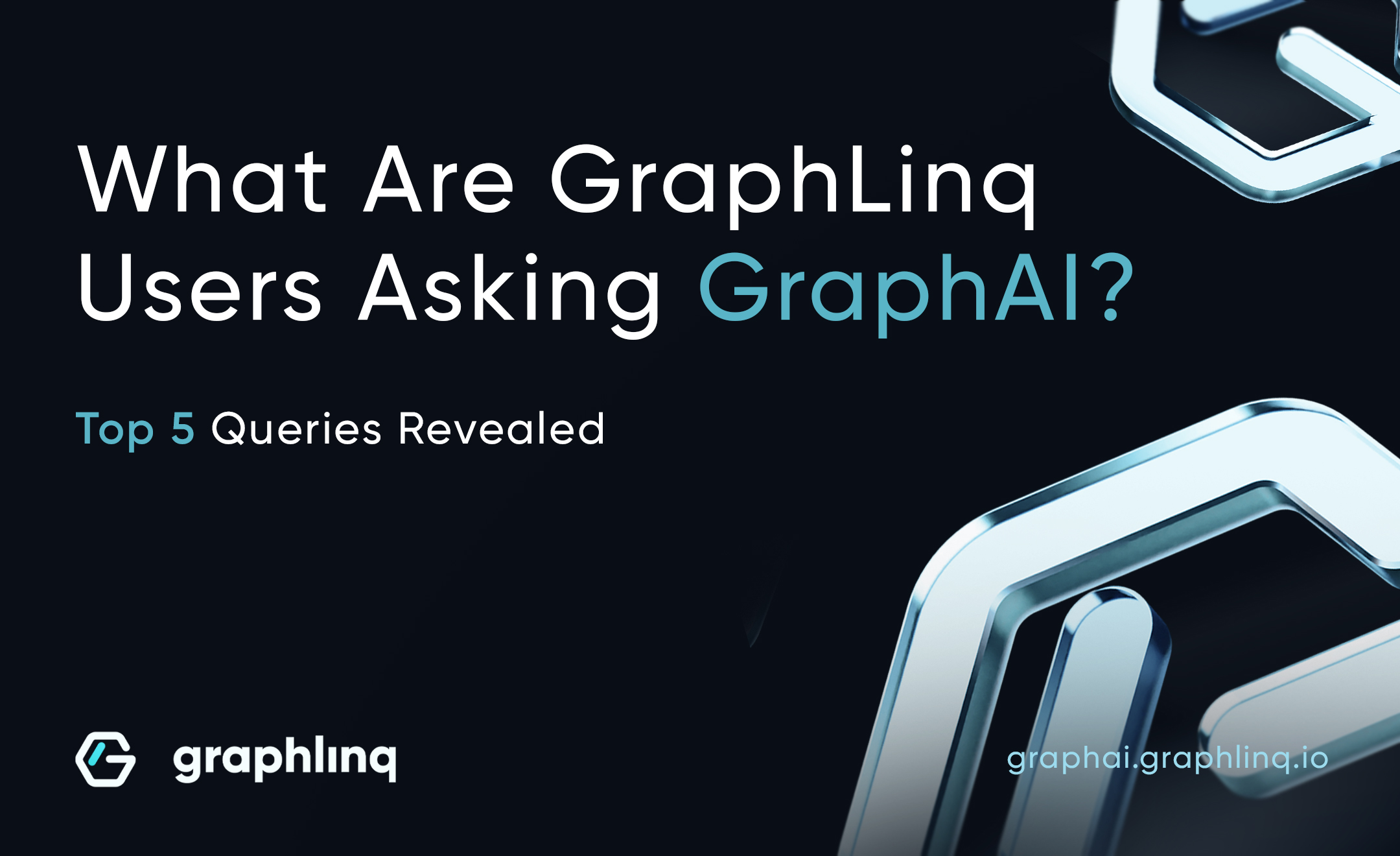
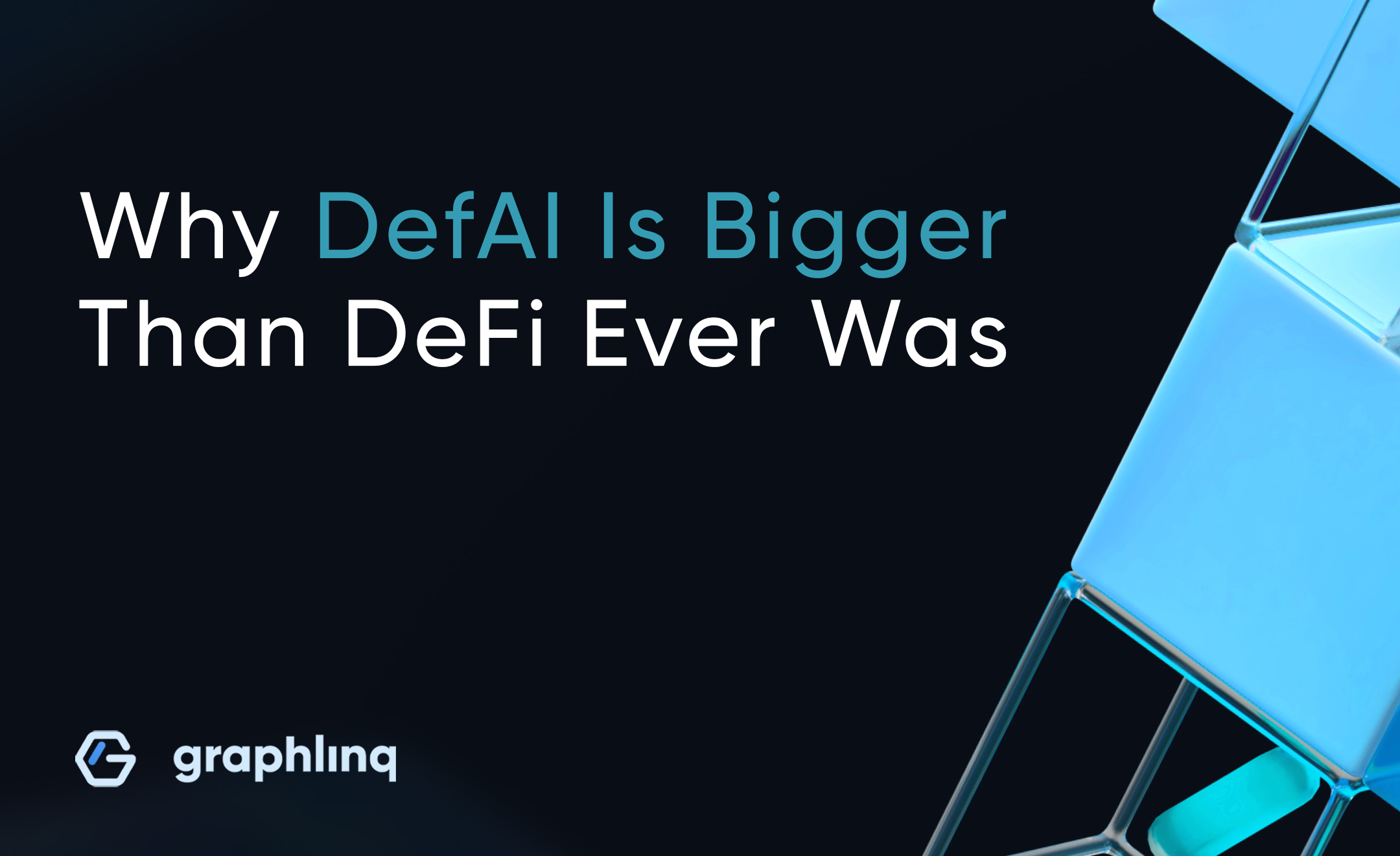


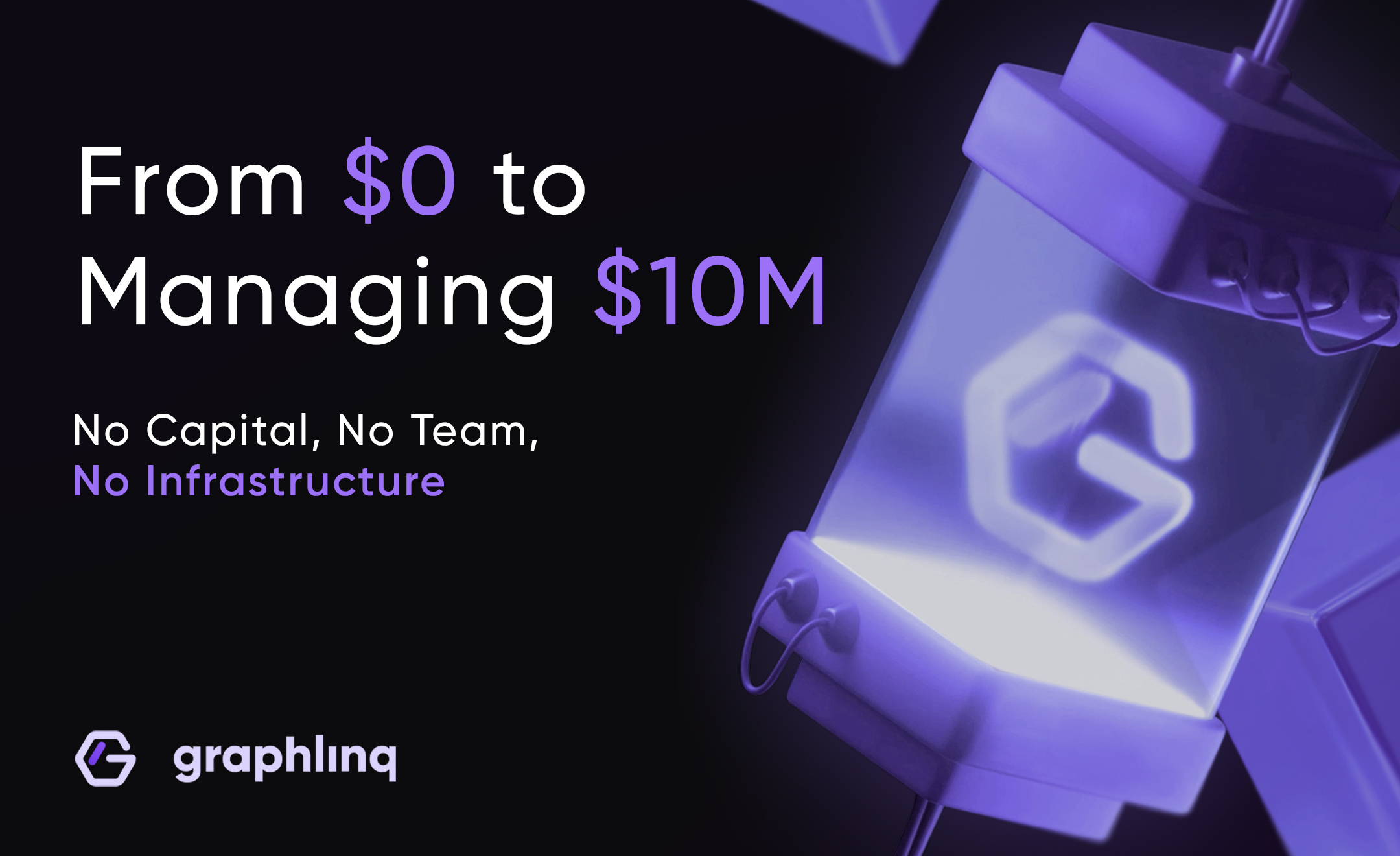
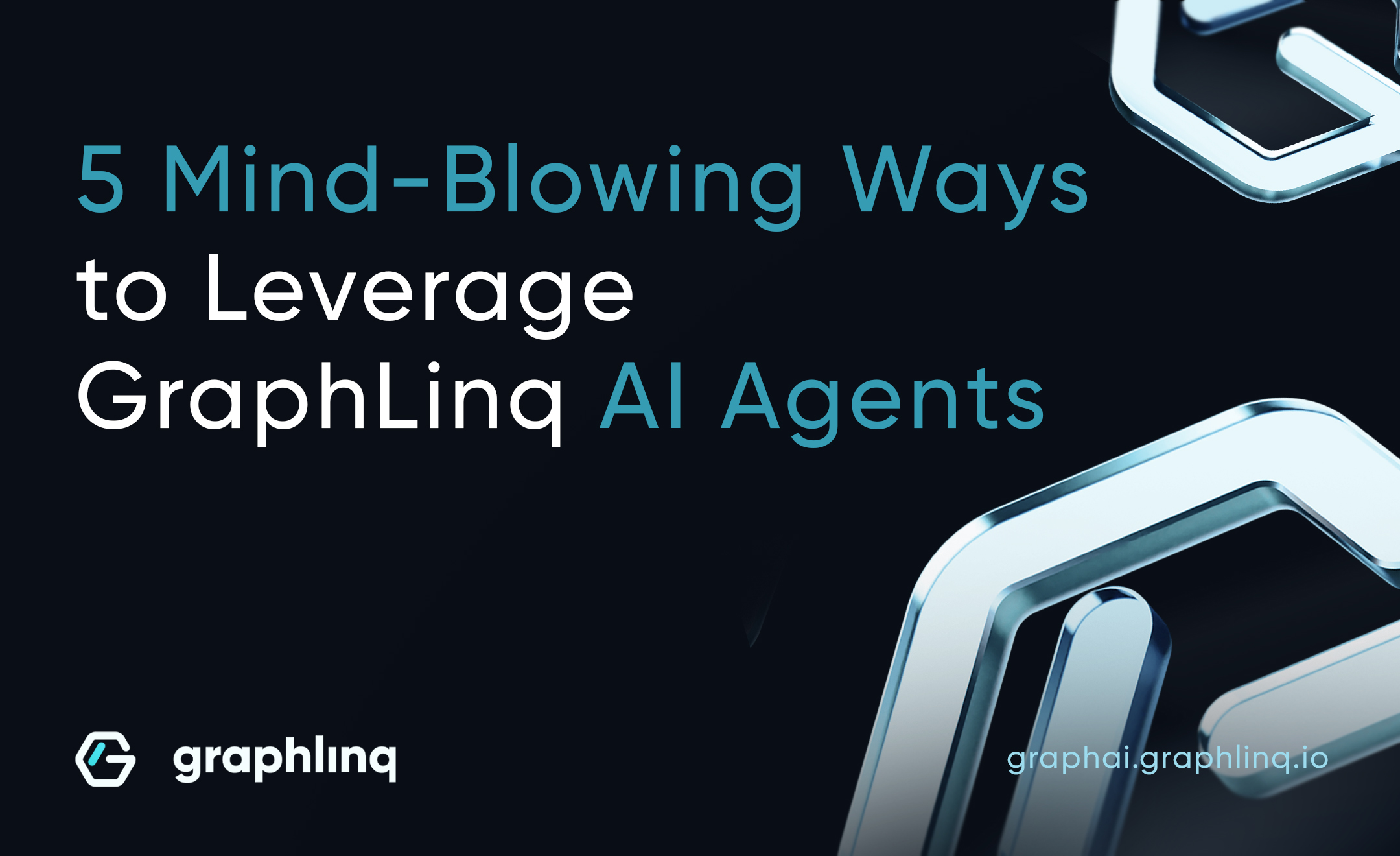
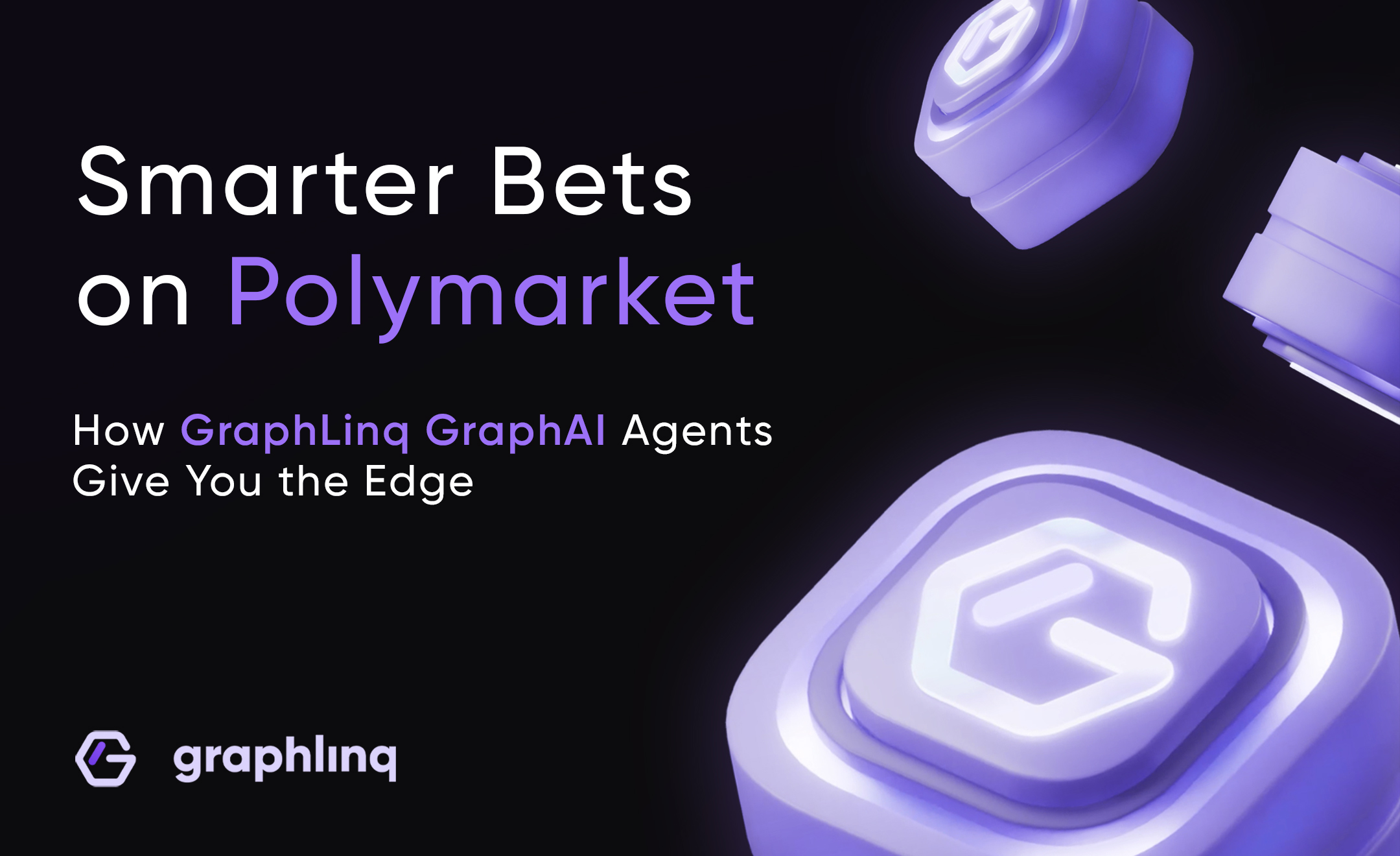
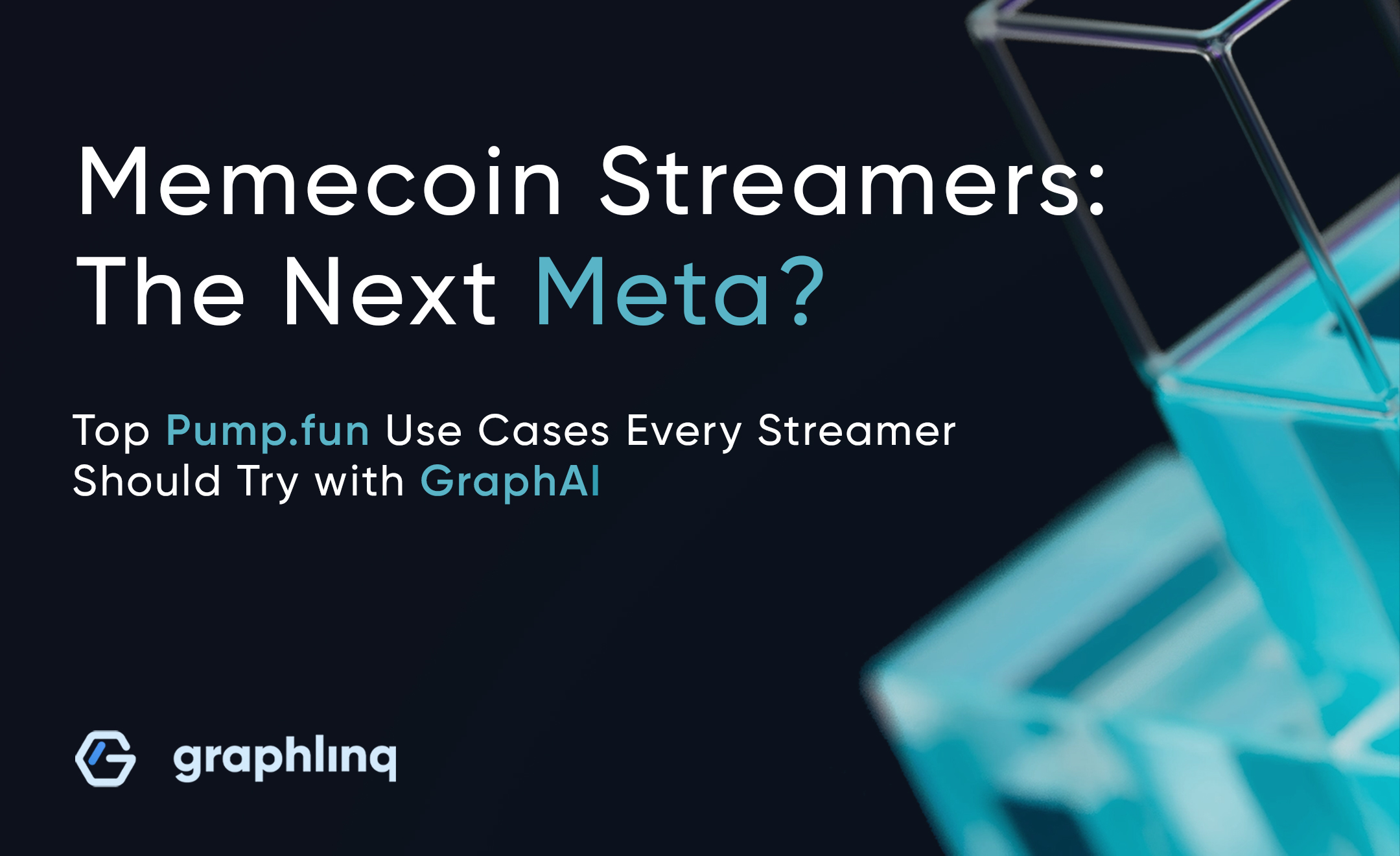




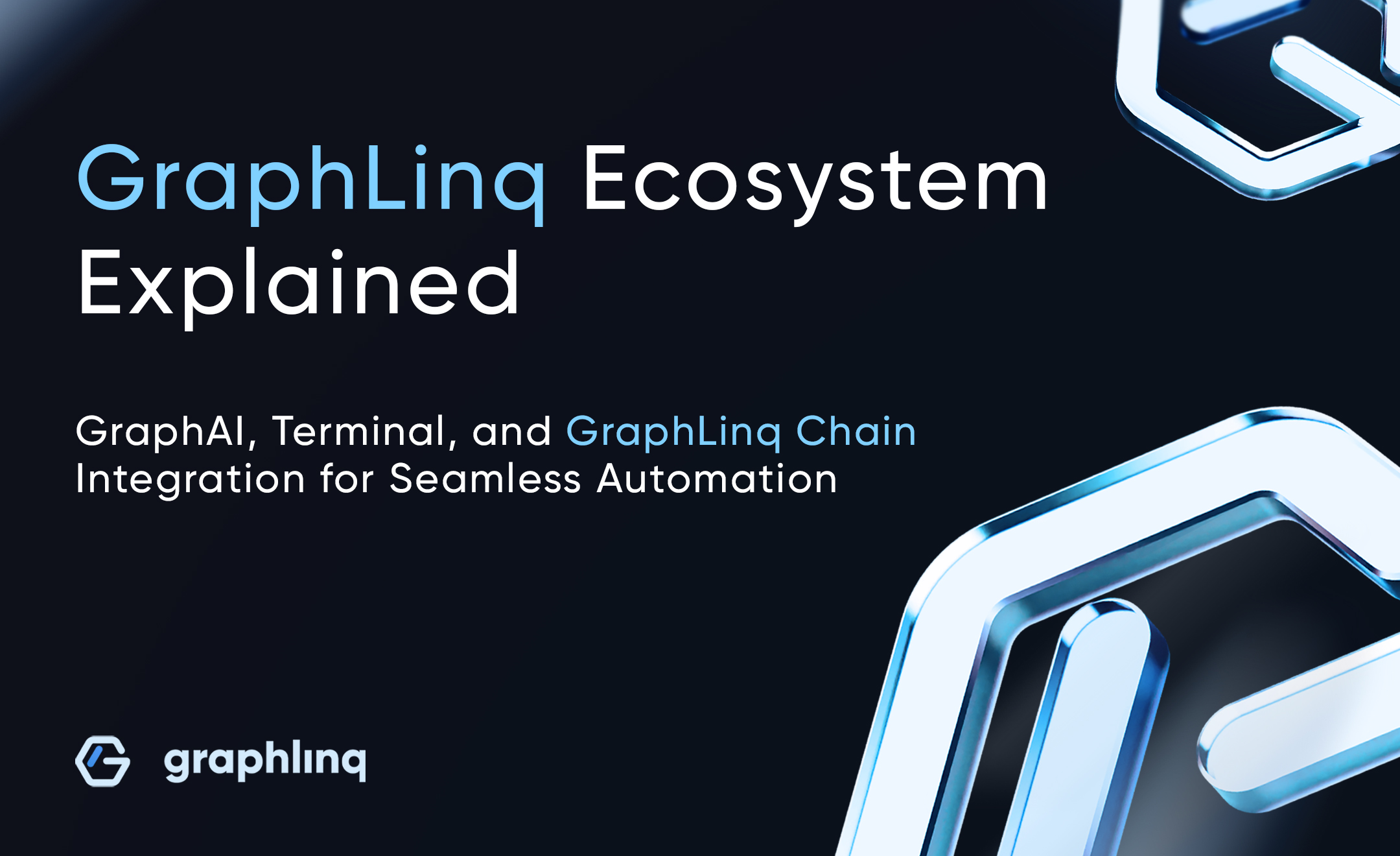

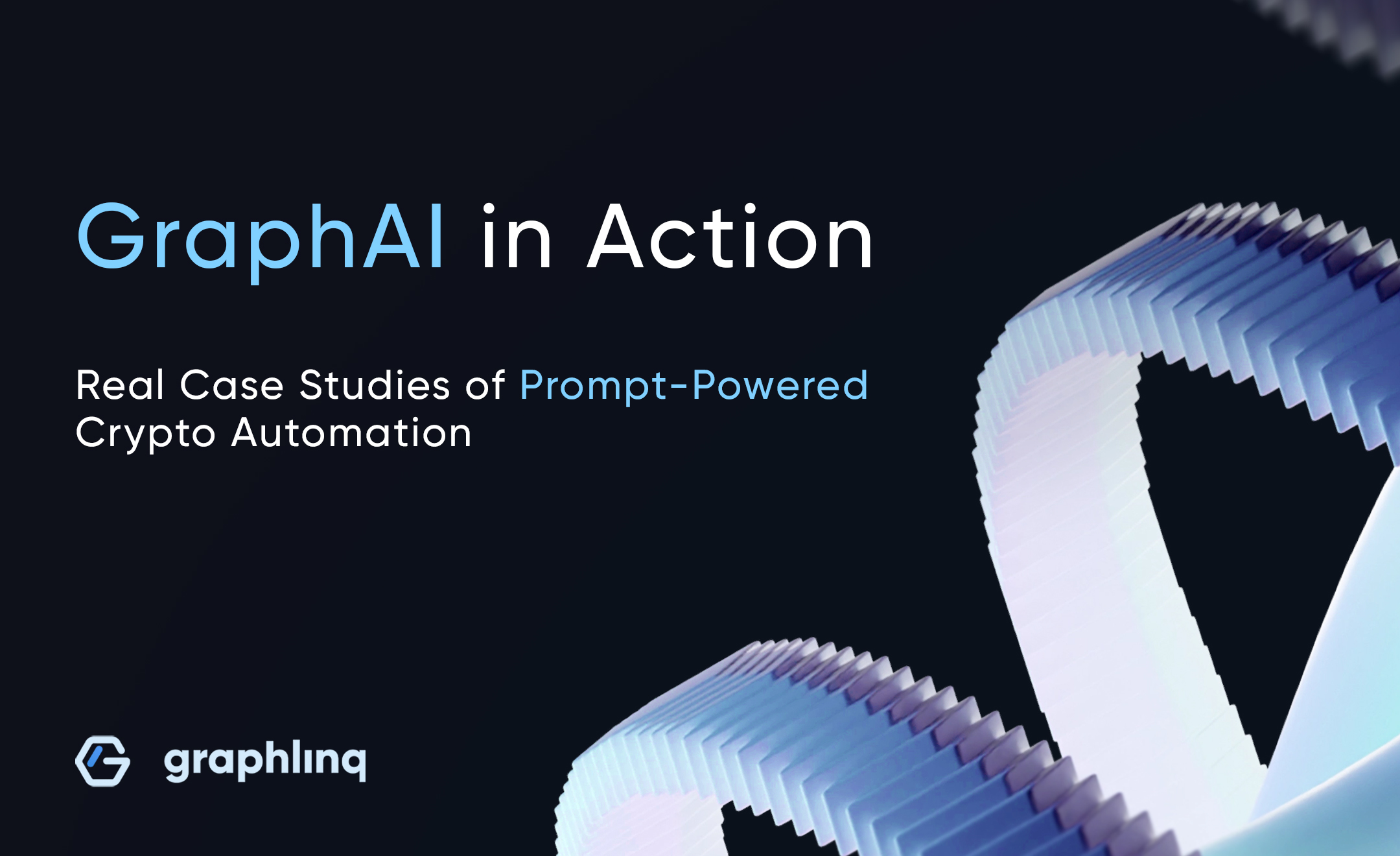






%20Do%20Bitcoin%20Cycles%20Still%20Work_.jpg)
%20What%E2%80%99s%20Next%20for%20Bitcoin%20in%202025_.jpg)



%20What%20Is%20a%20Crypto%20Swap.jpg)





























.jpg)
%20How%20to%20Find%20New%20Cryptocurrencies%20%20Worth%20Investing%20In.jpg)
%20Understanding%20Cryptocurrency.jpg)

.jpg)

A%20Comprehensive%20Guide%20to%20Altcoin%20Season.jpg)
%20cases%20and%20Future%20of%20Ai%20in%20Crypto.jpg)
%20How%20to%20Create%20Your%20Own%20MetaMask%20Wallet.jpg)
%20How%20to%20use%20your%20Crypto%20wallet%20safely.jpg)
What%20is%20a%20smart%20contract.jpg)
%20How%20to%20Protect%20Against%20Crypto%20Scams%20and%20Ponzi%20Schemes.jpg)









